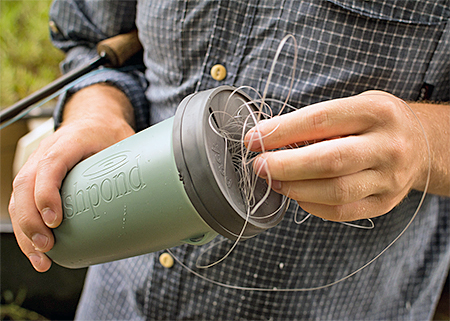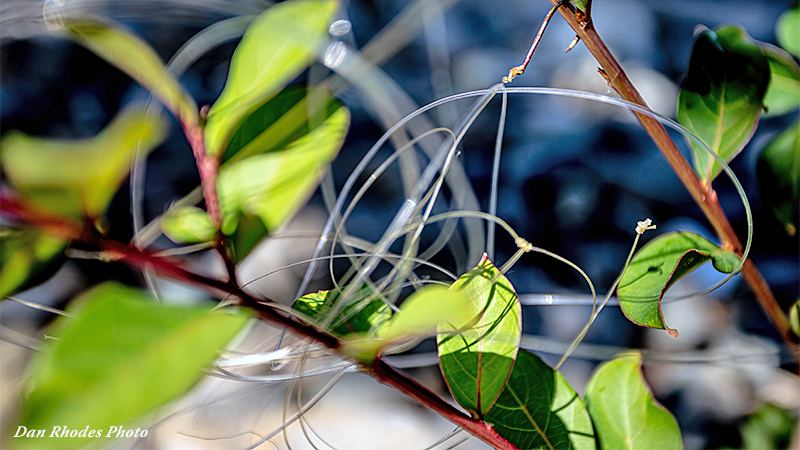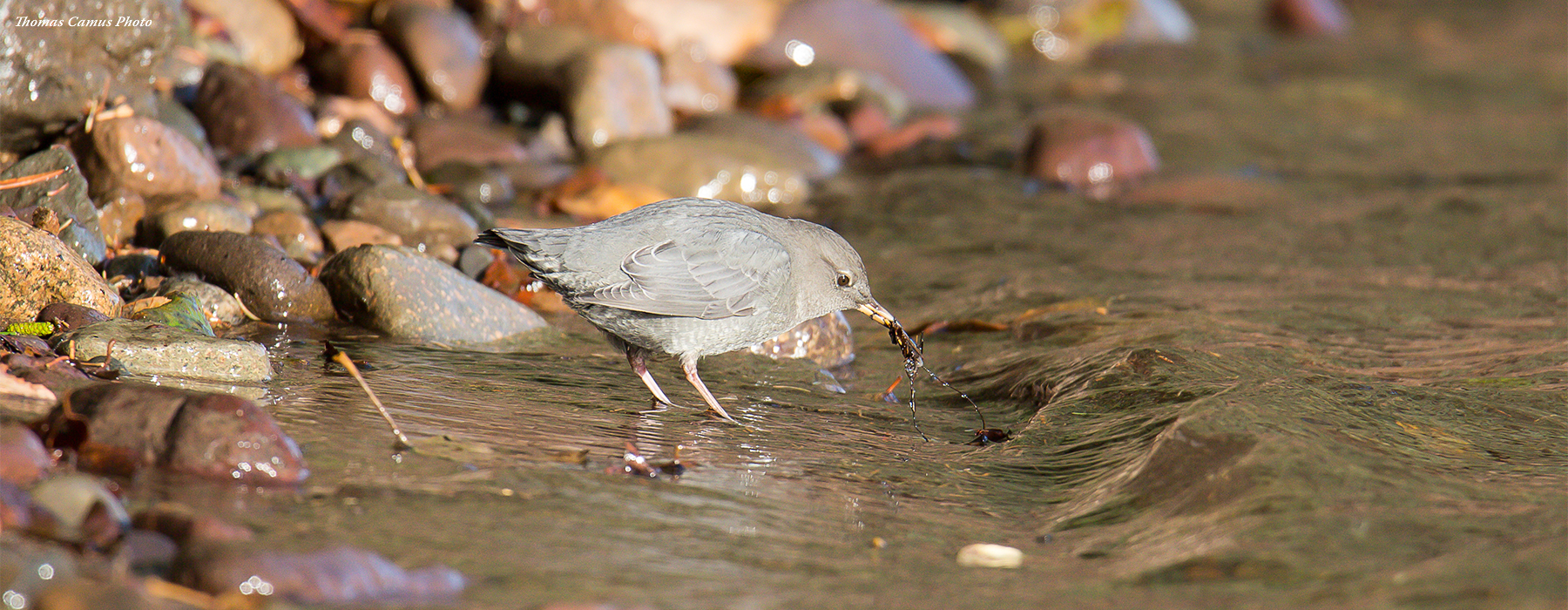Proper Disposal of Your Tippet & Leader Materials in Fly Fishing
Fly fishers are conservationists at heart and stewards of the land. However, one area where we might sometimes fall short is with proper disposal of tippet and leader. We are all responsible, on some level, for contributing bits and pieces of monofilament and fluorocarbons into our waterways. Maybe it’s a tiny piece of tippet trimmed from a fly you just tied on, or maybe it’s a wad of tapered leader that has seen better days. No matter what size or material, we need to do a better job of disposal.
Monofilament and fluorocarbons are meant to last a long time by design. It is estimated that monofilament takes 600 years to decompose and fluorocarbon up to 4,000 years. This stuff is going to be around a long, long time – well past our days on the water.
What can anglers do to help?
 The first thing we can do is be responsible for ourselves and our trash. The second would be to help clean up any mess or trash that we find. We’ve all walked or floated by a log in the water with monofilament wrapped on it. Instead of expecting someone else to take care of it, this is a great opportunity for us to cut it off that tree and put it in our PIO (Pack It Out) Pod, garbage bag, pocket, vest or pack for proper disposal.
The first thing we can do is be responsible for ourselves and our trash. The second would be to help clean up any mess or trash that we find. We’ve all walked or floated by a log in the water with monofilament wrapped on it. Instead of expecting someone else to take care of it, this is a great opportunity for us to cut it off that tree and put it in our PIO (Pack It Out) Pod, garbage bag, pocket, vest or pack for proper disposal.
What is proper disposal?
Proper disposal of monofilament and fluorocarbons is trickier than it sounds. Instead of just throwing it in the garbage, where it will be for decades, consider these options:
• Take it home and collect for a bit prior to recycling
• Use a Trout Unlimited monofilament recycling station
• Use a Boat US Foundation recycling station (Reel In & Recycle)
How do I recycle my monofilament and fluorocarbons?
This is actually easier than one would think. Many fly and tackle shops around the country have a bin for recycling mono and fluoro. Check with your local fly shop or tackle dealer to see if they have a program in place. If they don’t, you can collect your own mono and fluoro, and send it off to be recycled properly. You can do this by sending it to:
Berkley Recycling
1900 18th Street
Spirit Lake, Iowa 51360
https://www.berkley-fishing.com/pages/berkley-recycling
From Berkley: “Since 1990, the Berkley Conservation Institute, with the help of anglers everywhere, has recycled more than 9 million miles worth of fishing line. That’s enough line to fill two reels for every angler in America.”
What’s the big deal? How is this helping anything?
As we stated earlier, monofilament and fluorocarbons take a very, very long time to biodegrade. Material discarded along a waterway will sit for years, tangled in a tree branch, or worse – wrapped around a bird or other animal we love to see while fishing. With a little stewardship and planning we can help keep our favorite fisheries free of garbage and safe for the critters that live there.

Our own Eric Fields was fishing Cow Creek a few months ago and watched swallows make the nests under a bridge using the mud of the river bank. He noticed one that was sitting there in the mud, but wasn’t flying back to pack the nest. Eric decided to take a break to see if this bird needed help. When he got over to it, he realized the poor thing was wrapped in a monofilament line and unable to fly and barely stand.
Amazingly, the tiny bird allowed Eric to pick it up. Once in his hand he realized that this bird was in more trouble than he thought, because there was a large quantity of small diameter monofilament wrapped around its feet as well as one of its wings. As Eric started removing the mono, expecting the bird to freak out and attack him, the bird stayed perfectly still and allowed him to cut and unwrap the mono from its feet. Then Eric moved to the wing that was stuck to its side. This tiny bird allowed him to delicately lift each wing and check for mono as well as cut the one wing loose. Once he could see no more monofilament wrapped on the bird, Eric turned the bird upright and opened his hand to see it fly away happily.
We found this amazing video from The Epoch Times, where a hawk is tangled in a fishing line on the side of a river. This video was the inspiration for this post, and we hope everyone takes a couple of minutes to watch:
https://www.theepochtimes.com/rescuing-an-entangled-hawk-from-fishing-line_3829544.html

